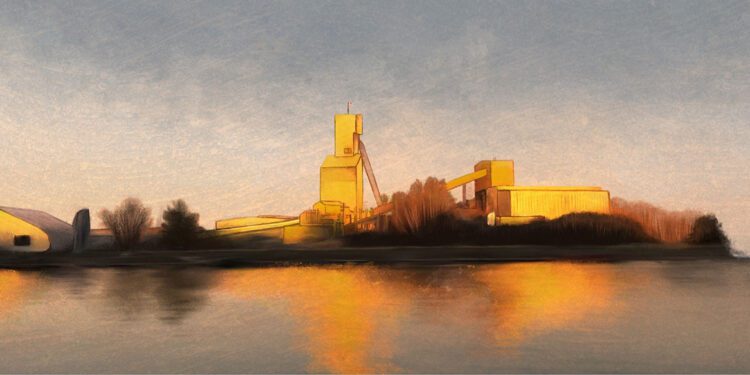1911 Gold Corporation (TSXV: AUMB) (OTCQX: AUMBF) has obtained drilling success on multiple fronts in its ongoing 2021 field exploration programme at the 100% owned Rice Lake properties in Manitoba, Canada.
Highlights:
- Assay values up to 50.3 g/t gold from rock grab and channel samples of quartz-sulphide veins and altered wallrock associated with kilometre-scale fault systems cutting a regional-scale fold in Balmer (Red Lake)-equivalent rocks at the Wallace project
- Assay values up to 143.3 g/t gold from grab and channel samples of quartz-sulphide veins hosted by several parallel shear systems cutting the margin of a belt-scale pluton and associated porphyry intrusions at the Bidou project
- Discovery of a new high-grade showing at the Currie’s Landing project, which returned up to 33.3 g/t gold from a shear-hosted vein associated with prominent LiDAR and AMAG lineaments in an area of minimal bedrock exposure and no previous drilling
“Recent advances at the Wallace and Bidou projects, featured below, illustrate the effectiveness of our regional-scale exploration programme in generating quality targets, with clear potential for significant discovery, in favourable geological settings,” Scott Anderson, Vice-President Exploration, said.
“We look forward to testing both new and advanced targets during the next phase of exploration drilling, anticipated to commence in Q4 2021.”
Wallace project
Exploration during the 2021 programme at Wallace has focussed mainly on the highly prospective northwest portion of the project area. Surface rock sampling has returned numerous high-grade gold values from large-scale faults and shears that cut an intensely deformed and regionally-folded package of sedimentary rocks, komatiite and basalt flows, and iron formation, all of which are cut by gabbro, tonalite and quartz-feldspar porphyry intrusions. These rocks are equivalent in age to the prolific Balmer assemblage in the adjacent Red Lake greenstone belt, which contains the vast majority of the belt’s gold endowment.
The most prospective structures identified to date at Wallace are in the core of a regional-scale fold – a highly favourable setting for localising gold-bearing fluids – and have only been tested by local shallow historical drilling; many have no record of previous drilling.
Priority targets include the Hi-grade, Alec, Willi and Smoky vein systems, each of which has returned multiple high-grade assays from surface sampling; outcrop stripping and detailed mapping and sampling are ongoing.
Bidou project
Fieldwork in 2021 focused on expanding mapping and surficial geochemistry to better understand the scale of the mineral system identified at Bidou. Prospecting and detailed sampling in the northern part of the project, adjacent to the margin of the belt-scale Ross River pluton, returned numerous high-grade gold values from quartz-sulphide veins at the Eldorado, Eldorado East and Walton prospects, two of which are associated with shallow historical workings.
Quartz-sulphide veins are hosted by a series of parallel shear zones that have been traced on surface for up to 650 metres along strike; exposure is typically lost under overburden to both the northwest and southeast along these structures.
The shears are spatially associated with the marginal phase of the pluton, as well as a distinctive porphyry plug hosted by basalt flows and sedimentary rocks adjacent to the pluton contact. Together with the historical Central Manitoba mine, these high-grade showings define a corridor more than five kilometres in length through the northern part of the Bidou project area, the western parts of which have seen minimal previous work. Results of detailed mapping and sampling, together with recently completed surficial geochemistry will be used to define drill targets in this highly-prospective corridor.
For further information please visit: https://www.1911gold.com/












